The covetous map explores the whole world in pursuit of a subsistence, and fate is close at his heels
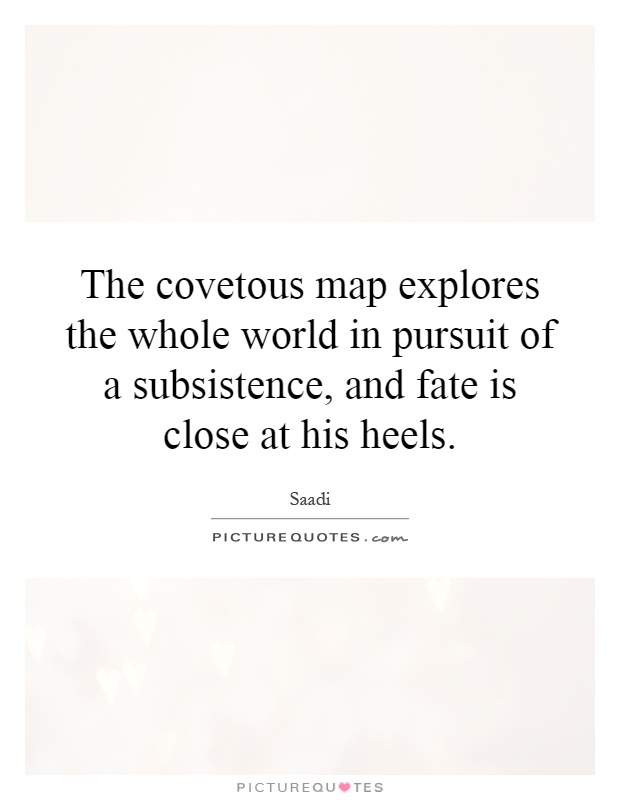
The covetous map explores the whole world in pursuit of a subsistence, and fate is close at his heels
In the context of Saadi, a renowned Persian poet and philosopher, the idea of the covetous map exploring the whole world in pursuit of subsistence is a powerful metaphor for the human condition. Saadi's works often explore themes of greed, desire, and the pursuit of material wealth, and this particular phrase encapsulates these themes perfectly.The covetous map represents the insatiable desire for more, the relentless pursuit of wealth and power that drives many individuals to explore the world in search of subsistence. This desire is often fueled by a fear of scarcity, a belief that one must constantly accumulate more in order to survive and thrive. The covetous map is never satisfied, always seeking out new territories and new opportunities for gain.
However, as Saadi suggests, fate is close at the heels of the covetous map. This serves as a warning against the dangers of greed and the consequences of pursuing material wealth at all costs. Fate, in this context, represents the inevitable consequences of one's actions, the karmic retribution that awaits those who prioritize material gain over spiritual fulfillment.
Saadi's teachings emphasize the importance of balance and moderation, of finding contentment and happiness in the present moment rather than constantly chasing after more. The covetous map, in its endless pursuit of subsistence, is ultimately doomed to disappointment and suffering. Only by letting go of the desire for more and embracing a simpler, more meaningful way of life can one find true fulfillment and peace.


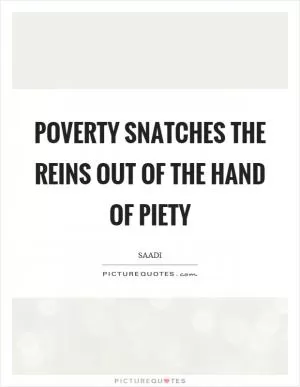
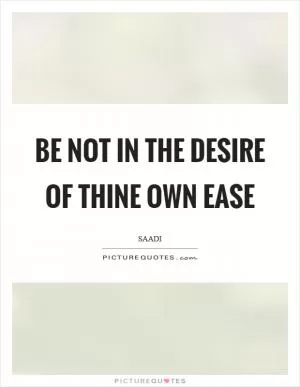
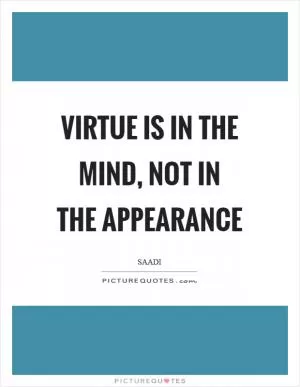
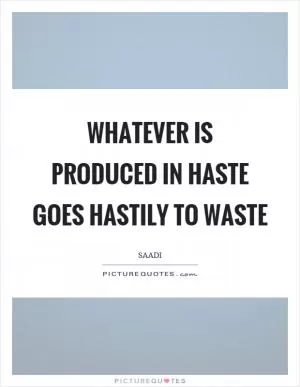

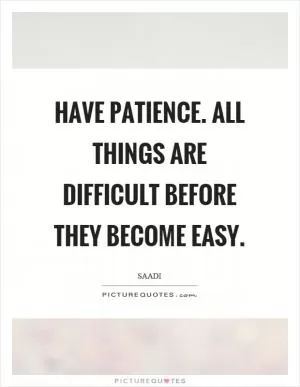
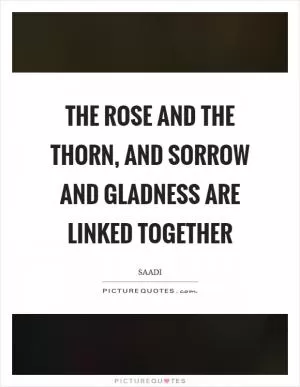

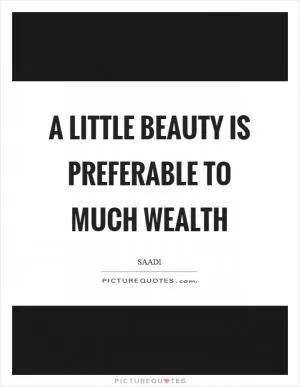

 Friendship Quotes
Friendship Quotes Love Quotes
Love Quotes Life Quotes
Life Quotes Funny Quotes
Funny Quotes Motivational Quotes
Motivational Quotes Inspirational Quotes
Inspirational Quotes